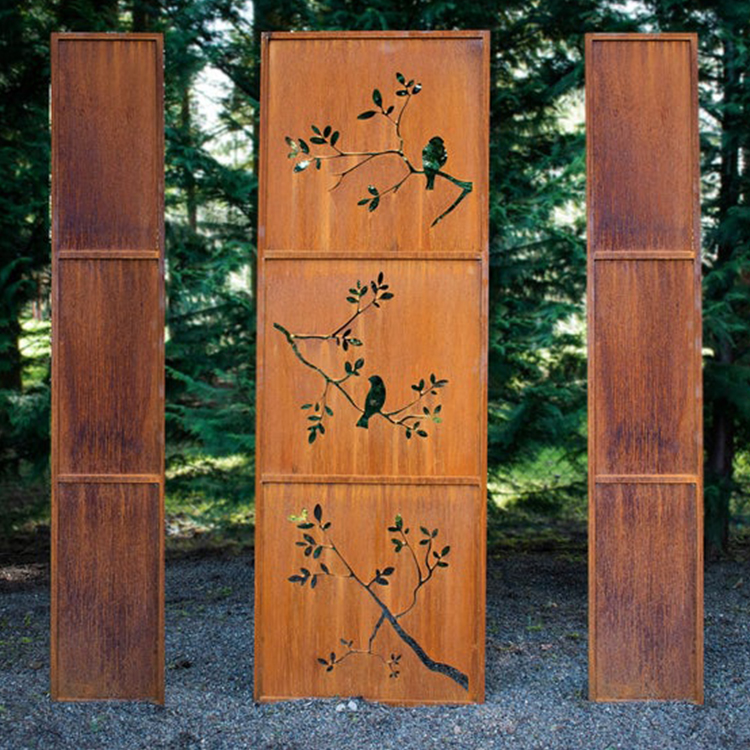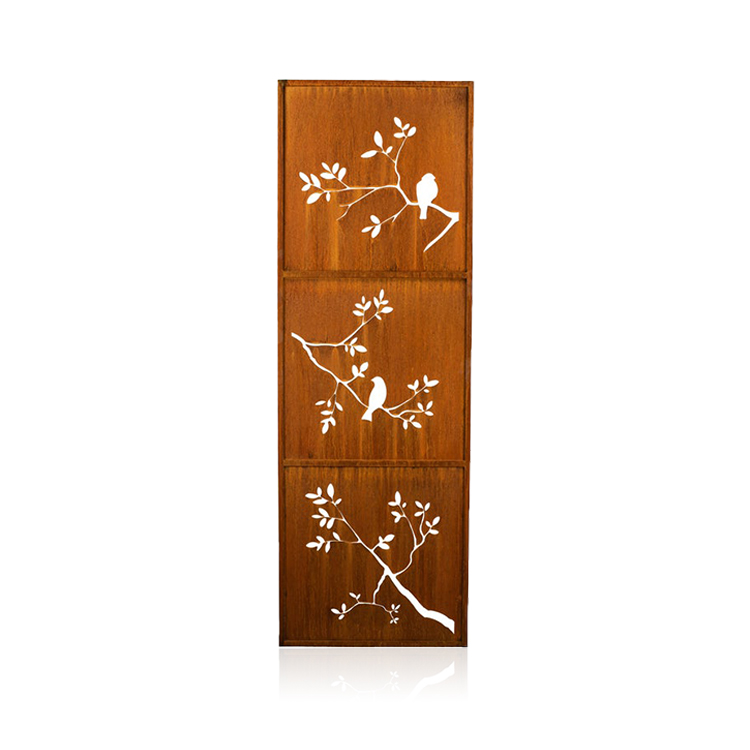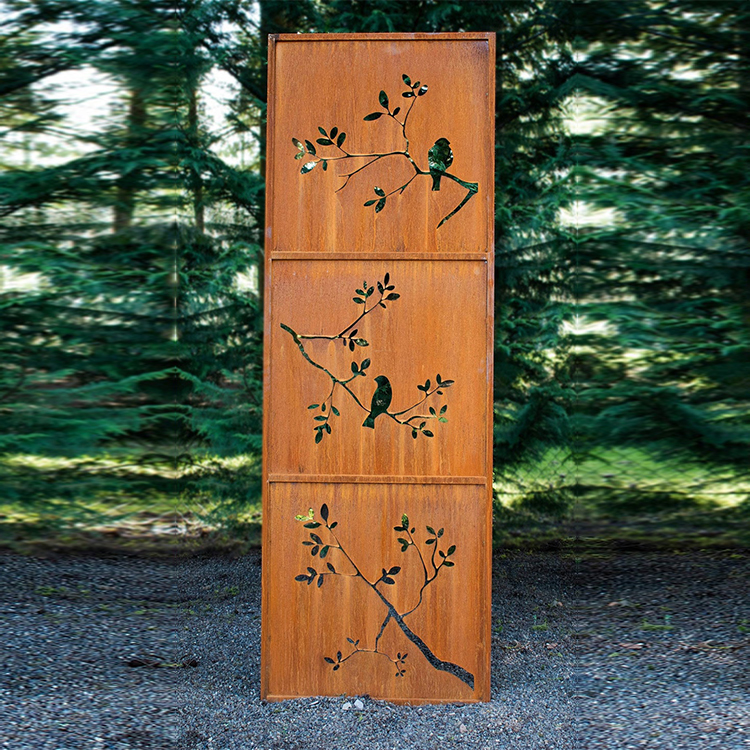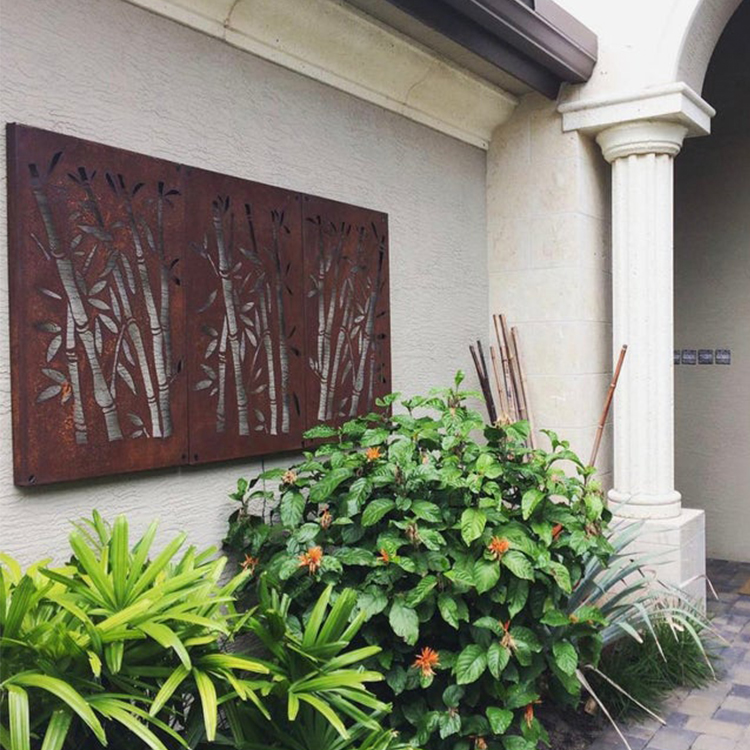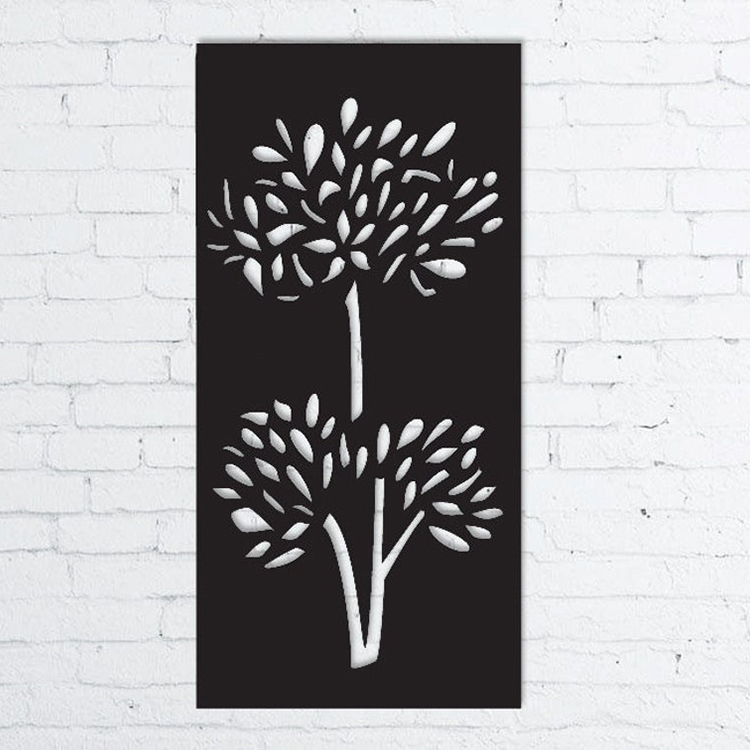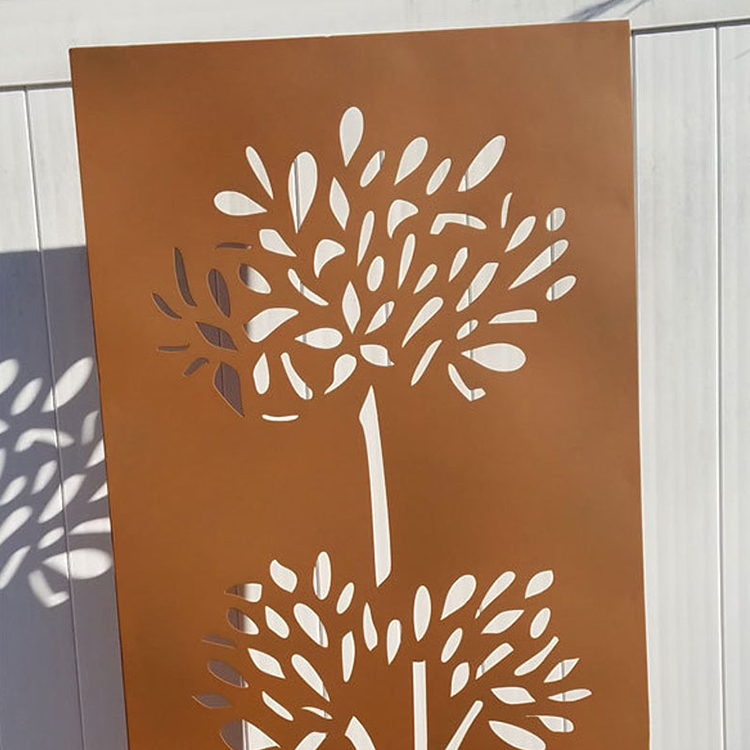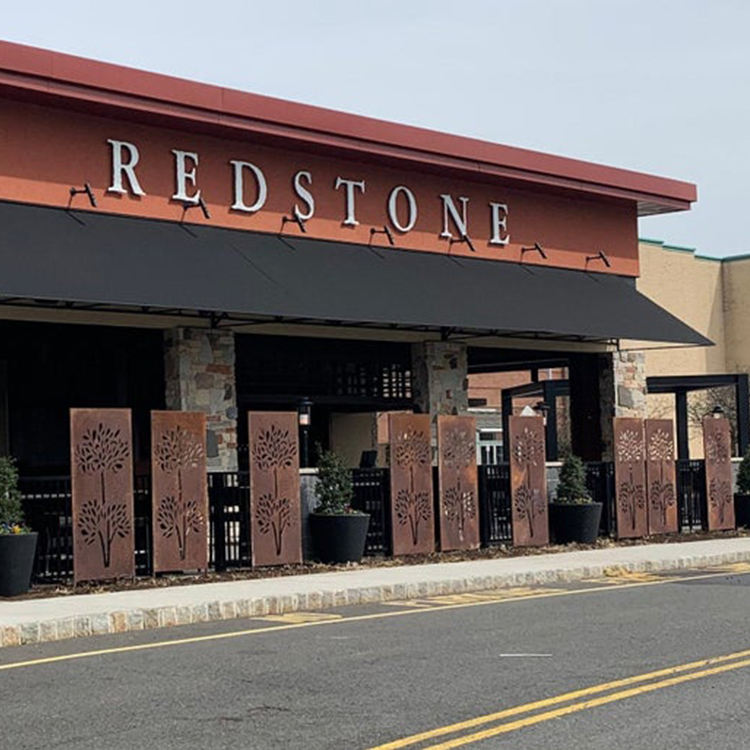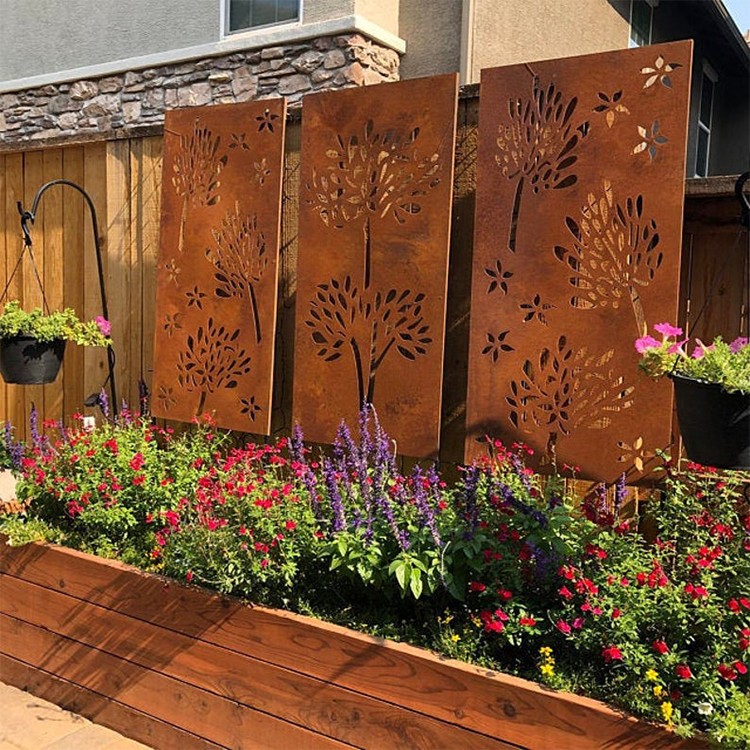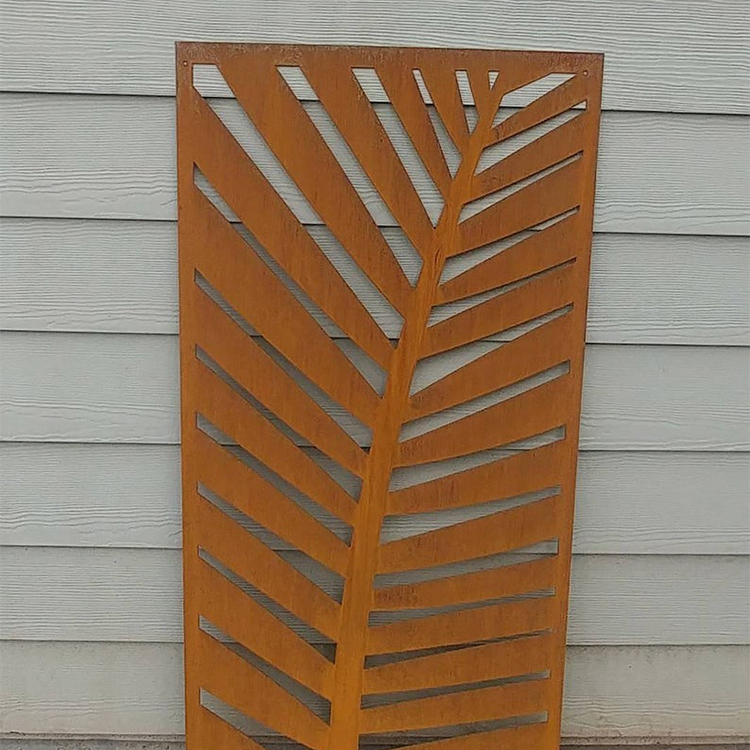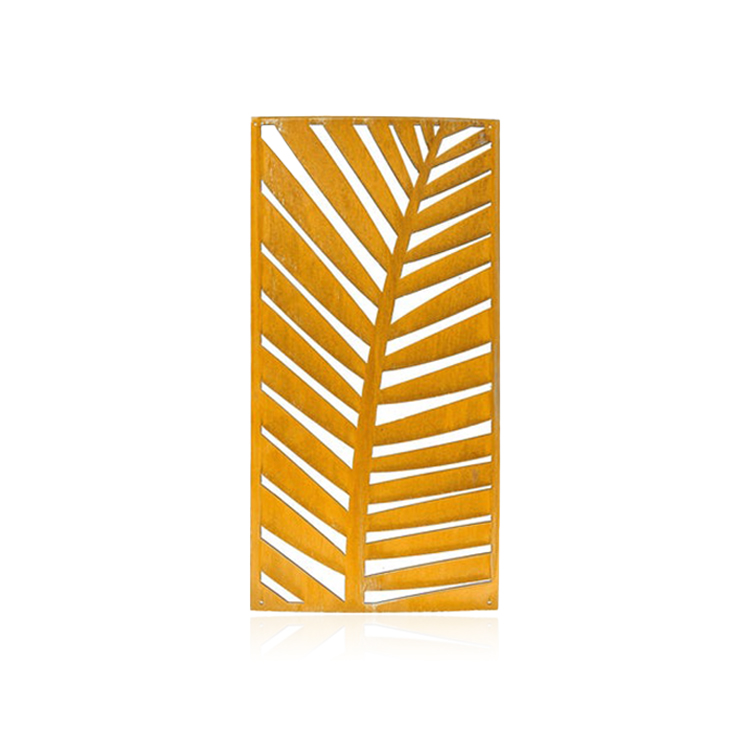
Tundish Nozzles for Continuous Casting
Tundish nozzles play a crucial role in the continuous casting process, which is used to produce a wide range of steel products. The tundish nozzle is responsible for controlling the flow of molten ...
DESCRIPTION
Tundish nozzles play a crucial role in the continuous casting process, which is used to produce a wide range of steel products. The tundish nozzle is responsible for controlling the flow of molten steel from the tundish to the mold, ensuring a continuous and uniform stream of steel.
To achieve effective continuous casting, tundish nozzles should be designed to promote a smooth and uninterrupted flow of molten steel. Any disruptions or turbulence in the flow can lead to defects in the final product and lower productivity. The nozzle’s design should promote a consistent flow of steel, minimizing turbulence and ensuring a uniform distribution of the molten metal.
The material used to construct the nozzle is also critical for continuous casting. The nozzle is exposed to extremely high temperatures, abrasive materials, and corrosive elements, which can lead to wear and tear. Choosing a material that can withstand these conditions and designing the nozzle to resist erosion and corrosion can extend its lifespan and minimize maintenance requirements.
Customization options for tundish nozzles can further optimize the continuous casting process. For example, adjusting the size and shape of the nozzle orifice can help control the flow of molten steel into the mold, ensuring a consistent and uniform flow. The nozzle’s angle can also be customized to optimize the flow pattern for a particular casting process.
The use of advanced technologies in tundish nozzle design can also improve the continuous casting process’s efficiency and quality. For example, computer-controlled flow rates and sensors can help optimize the flow of molten steel, reducing turbulence and improving product quality. Other advanced features, such as automated cleaning and maintenance systems, can minimize downtime and increase production efficiency.
| Indicators | Liner | Outer layer | |||||
| Types | x-70 | x-75 | x-80 | x-85 | x-90 | ||
| ZrO2(%) | >70 | >75 | >80 | >85 | >90 | >95 | |
| Al2O3(%) | 70-80 | ||||||
| Porosity(%) | <20 | <20 | <19 | <18 | <18 | <20 | <20 |
| Density(g/cm3) | >3.70 | >3.80 | >3.90 | >3.95 | >4.20 | >4.60 | >2.40 |
Related Products

